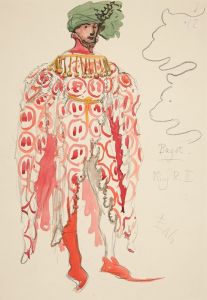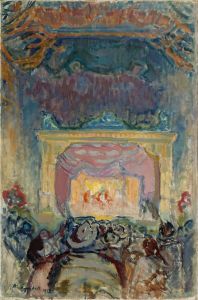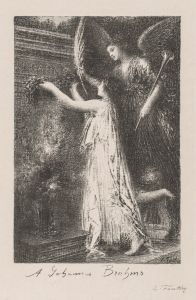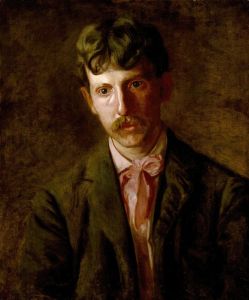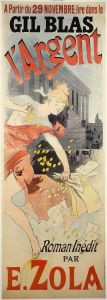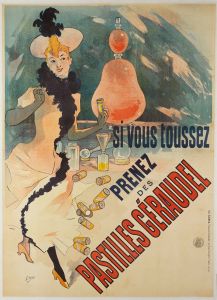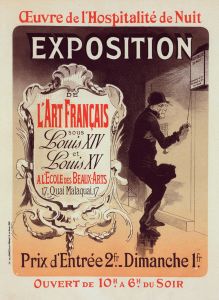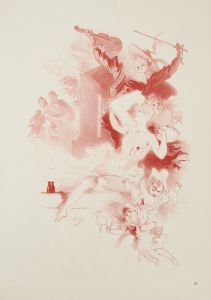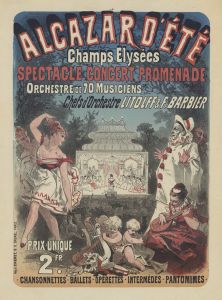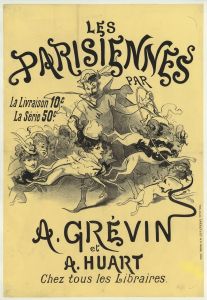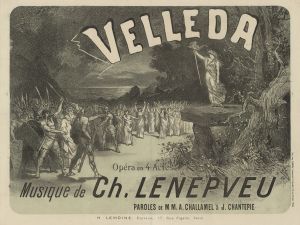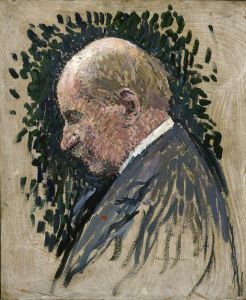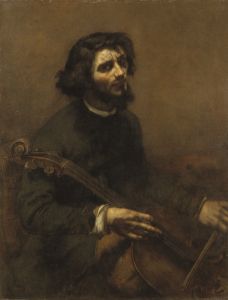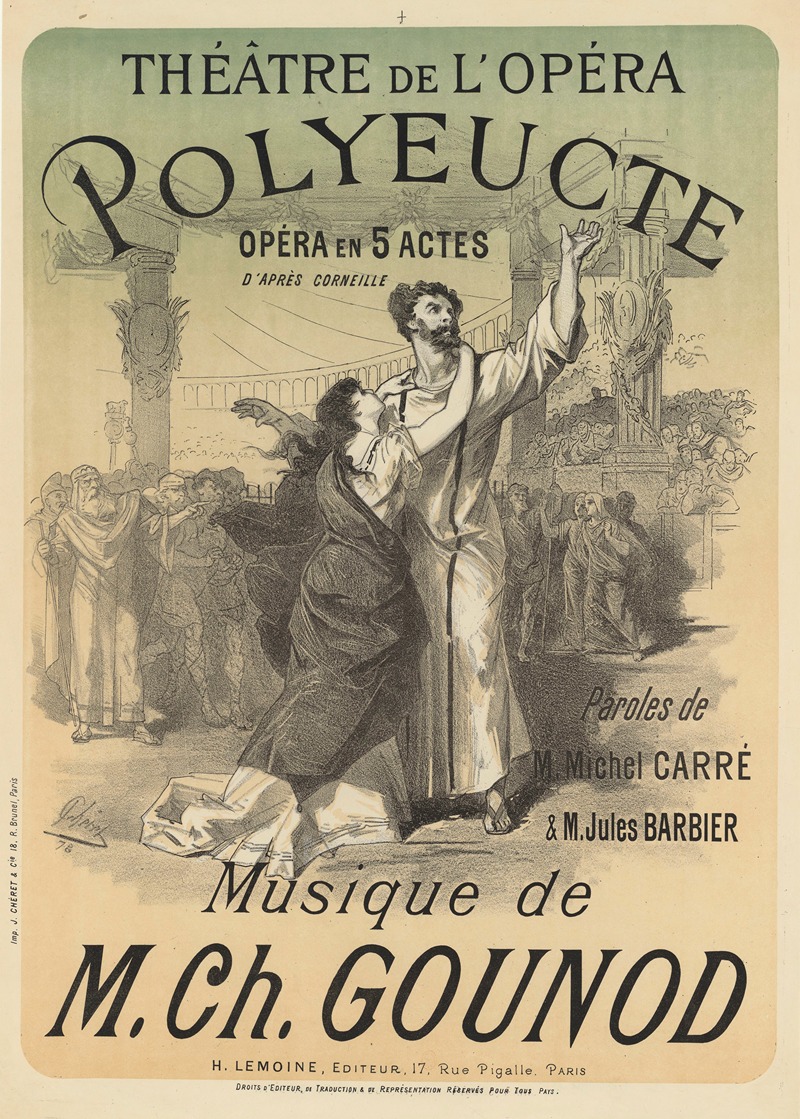
Theâtre de l’Opéra Polyeucte opéra en 5 actes d’après Corneille… musique de M. Ch. Gounod
A hand-painted replica of Jules Chéret’s masterpiece Theâtre de l’Opéra Polyeucte opéra en 5 actes d’après Corneille… musique de M. Ch. Gounod, meticulously crafted by professional artists to capture the true essence of the original. Each piece is created with museum-quality canvas and rare mineral pigments, carefully painted by experienced artists with delicate brushstrokes and rich, layered colors to perfectly recreate the texture of the original artwork. Unlike machine-printed reproductions, this hand-painted version brings the painting to life, infused with the artist’s emotions and skill in every stroke. Whether for personal collection or home decoration, it instantly elevates the artistic atmosphere of any space.
The painting "Theâtre de l’Opéra Polyeucte opéra en 5 actes d’après Corneille… musique de M. Ch. Gounod" by Jules Chéret is a notable work that captures the essence of 19th-century French opera culture. Jules Chéret, often referred to as the father of modern poster art, was a French painter and lithographer who played a significant role in the development of advertising posters during the Belle Époque period. His work is characterized by vibrant colors, dynamic compositions, and a sense of movement that brought a new level of artistic quality to commercial art.
This particular painting is a promotional poster for the opera "Polyeucte," a five-act opera based on the play by Pierre Corneille, with music composed by Charles Gounod. The opera "Polyeucte" premiered in 1878 and is set in ancient Armenia, telling the story of the Christian martyr Polyeuctus. The narrative revolves around themes of faith, sacrifice, and the conflict between paganism and Christianity.
Jules Chéret's poster for "Polyeucte" exemplifies his signature style, which often included graceful, flowing figures and a lively sense of movement. The artwork likely features a central figure, possibly representing a character from the opera, surrounded by decorative elements that evoke the grandeur and drama of the theatrical production. Chéret's use of color and composition would have been designed to capture the attention of passersby and entice them to attend the opera.
Chéret's contribution to the world of poster art cannot be overstated. He revolutionized the field by elevating the poster from mere advertisement to a form of art in its own right. His innovative techniques in lithography allowed for the mass production of colorful and visually appealing posters, which became a staple of urban landscapes in Paris and other major cities. Chéret's work not only promoted cultural events like operas and theatrical performances but also helped to shape the visual culture of the time.
The collaboration between Chéret and the opera "Polyeucte" highlights the intersection of visual and performing arts during the late 19th century. It reflects the era's enthusiasm for grand operatic productions and the role of visual art in enhancing and promoting these cultural experiences. Chéret's posters were more than just advertisements; they were an integral part of the cultural fabric, contributing to the public's anticipation and excitement for upcoming performances.
In summary, "Theâtre de l’Opéra Polyeucte opéra en 5 actes d’après Corneille… musique de M. Ch. Gounod" by Jules Chéret is a significant example of 19th-century poster art that captures the spirit of the opera "Polyeucte" and the broader cultural milieu of the time. Chéret's work remains an important part of art history, illustrating the powerful role of visual art in promoting and celebrating the performing arts.





